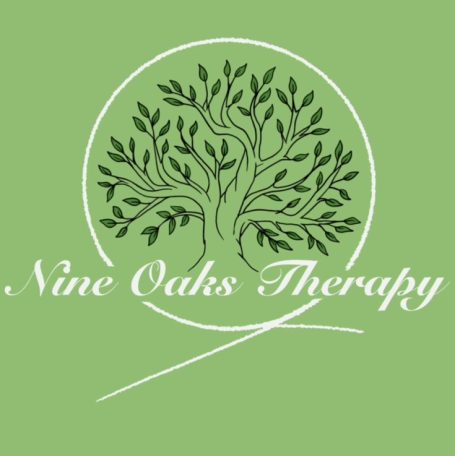FAQs
General Questions
Q1: How do online therapy sessions work?
A: Online therapy sessions are conducted either via secure video conferencing platforms or telephone, allowing you to attend sessions from the comfort of your own home. All you need is a stable internet connection, a device with a camera, and a quiet, private space.
Q2: Is online therapy as effective as in-person therapy?
A: Yes, research has shown that online therapy can be just as effective as in-person therapy for many conditions. The convenience and accessibility of online therapy also make it a great option for many people.
Q3: Is therapy confidential?
A: Yes, therapy is confidential but there are exceptions. Confidentiality means that anything you share in therapy will not be disclosed to anyone else without your explicit consent. The only exceptions to this rule are if there is a risk of harm to yourself or others, or if there is a legal requirement to disclose information. These exceptions will be explained to you in detail during our first session. Your trust and privacy are paramount to the therapeutic process.
Q4: What can I expect during my first session?
A: During the first session, we will discuss your reasons for seeking therapy, your background, and your goals. This initial session helps establish a foundation for your treatment and allows us to develop a tailored plan for your therapy.
Cognitive Behavioural Therapy (CBT)
Q5: What is Cognitive Behavioural Therapy (CBT)?
A: CBT is a structured, time-limited therapy that focuses on identifying and changing negative thought patterns and behaviours. It is effective for treating a variety of issues, including anxiety, depression, and stress. Learn more...
Q6: How long does CBT usually take?
A: The length of CBT varies depending on the individual and the issues being addressed. On average, CBT treatment can range from 8 to 20 sessions.
Eye Movement Desensitisation and Reprocessing (EMDR)
Q7: What is Eye Movement Desensitisation and Reprocessing (EMDR)?
A: EMDR is a psychotherapy technique used to help people process and heal from traumatic experiences. It involves recalling distressing events while receiving bilateral sensory input, such as side-to-side eye movements or tapping. Learn more...
Q8: What conditions can EMDR help with?
A: EMDR is particularly effective for post-traumatic stress disorder (PTSD), but it can also be used to treat anxiety, depression, and other emotional difficulties resulting from trauma.
We need your consent to load the translations
We use a third-party service to translate the website content that may collect data about your activity. Please review the details in the privacy policy and accept the service to view the translations.

